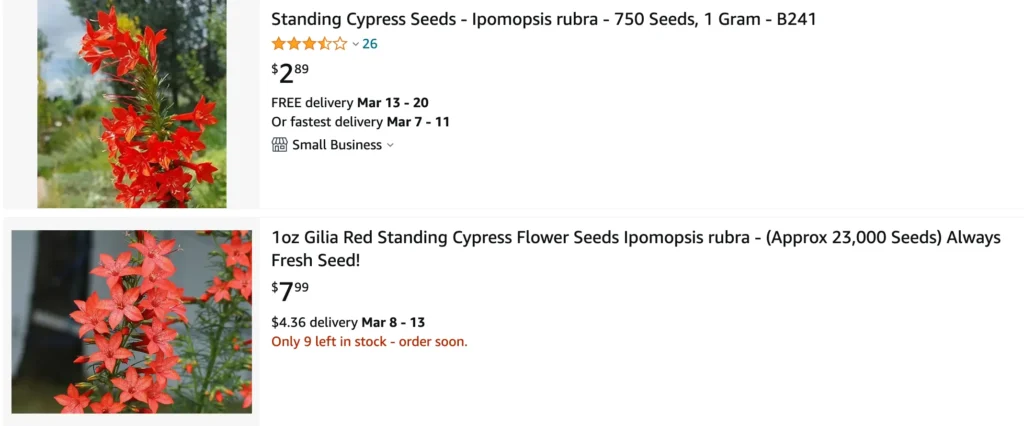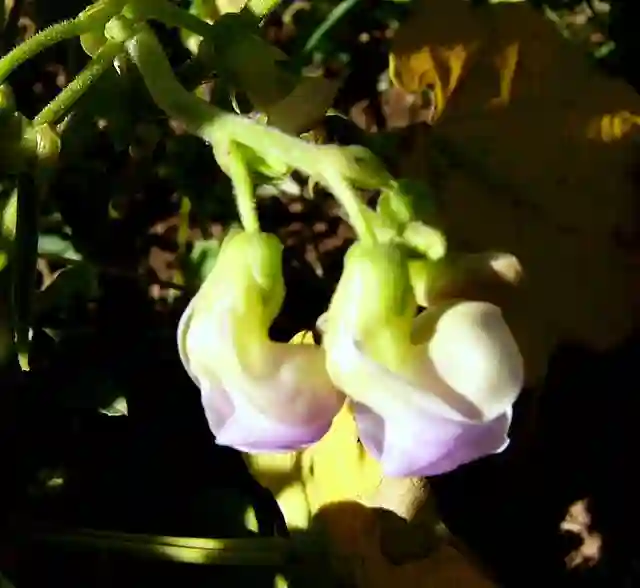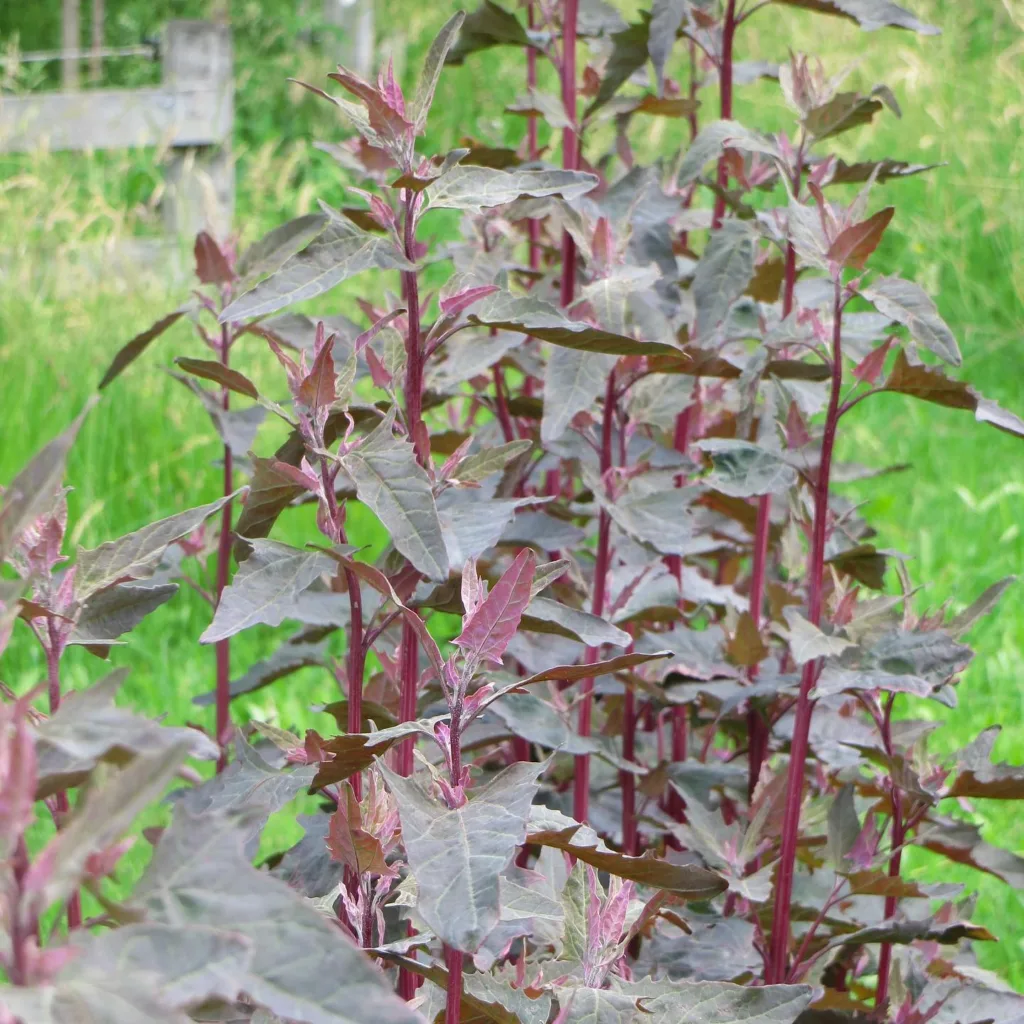
Ipomopsis Rubra: The Standing Cypress That’s Easy on the Eyes and the Gardener
Hi, Ferb Vu here. I’m a gardener with a passion for low-maintenance beauties, and the Ipomopsis Rubra, also known as Standing Cypress, definitely fits the bill. This biennial wildflower has captured my attention with its striking looks and fuss-free nature. Let’s delve into some of the most common questions I get about this fantastic plant.
What is Ipomopsis Rubra?
Imagine a plant with the elegance of a cypress tree and the vibrancy of a hummingbird magnet. That’s the Ipomopsis Rubra in a nutshell. It’s a biennial, meaning it completes its life cycle in two years. In the first year, it forms a basal rosette of ferny, green leaves. Come the second year, it explodes into a show-stopping display of tubular, fiery red flowers atop a tall, slender stalk.
Standing Cypress vs. Cypress Tree: What’s the Difference?
Despite the “cypress” in its common name, the Ipomopsis Rubra isn’t related to the classic cypress tree. The resemblance lies in the plant’s upright growth habit. Unlike the cypress, which is a woody perennial, the Standing Cypress is a herbaceous biennial with softer stems. But both plants share a love for well-drained soil and sunny spots.
Can I Grow Ipomopsis Rubra in My Garden?
Absolutely! This easy-going wildflower thrives in a variety of conditions. Here’s what you need to know:
- Light: Full sun is ideal, but it can tolerate some light shade.
- Soil: Well-drained soil is key. Sandy or rocky soils are perfect.
- Water: It’s moderately drought-tolerant. Water deeply when the top inch of soil dries out.
- Planting: Fall is the best time to sow seeds directly outdoors. Lightly rake them into the soil for good contact.
How Do I Care for My Ipomopsis Rubra?
As I mentioned, this plant is a low-maintenance charmer. Here’s the basic care routine:
- Watering: Stick to the deep watering routine when the soil dries out.
- Feeding: Fertilization isn’t necessary in most cases.
- Deadheading: To encourage continuous blooming and prevent self-seeding if unwanted, deadhead spent flowers by pinching them off at the base.
Will My Ipomopsis Rubra Come Back Every Year?
Technically, the plant itself is a biennial and won’t flower again after the second year. However, it readily self-seeds, so you’ll likely see new seedlings popping up in subsequent years if you allow the flowers to set seed.
Tips for Successful Self-Seeding
Here are some tips to maximize your chances of enjoying Ipomopsis Rubra year after year:
- Leave some flower stalks on the plant to allow them to set seed.
- Once the seed capsules mature and start to brown, you can collect them and store them in a cool, dry place for fall planting.
- Alternatively, let the seed heads naturally disperse their seeds in your garden. Just be mindful of where they land to avoid unwanted volunteers.
Attract Hummingbirds with Ipomopsis Rubra
The vibrant red, tubular flowers of the Ipomopsis Rubra are a beacon for hummingbirds. These tiny pollinators adore the nectar-rich blooms, making your garden a haven for these fascinating creatures.
Ipomopsis Rubra vs. Bee Balm: Striking Similarities
If you’re familiar with Bee Balm (Monarda didyma), you might notice some similarities with the Ipomopsis Rubra. Both plants boast vibrant red, tubular flowers and attract hummingbirds. However, Bee Balm is a perennial that spreads readily, while Ipomopsis Rubra is a self-seeding biennial with a more controlled growth habit.
Conclusion: The Ipomopsis Rubra – A Gardener’s Delight
The Ipomopsis Rubra is a captivating wildflower that adds a touch of elegance and vibrancy to any garden. Its low-maintenance nature, stunning blooms, and ability to attract hummingbirds make it a winner in my book. So, if you’re looking for a beautiful and easy-to-care-for addition to your garden, give the Standing Cypress a try. You won’t be disappointed.
If i die, water my plants!



